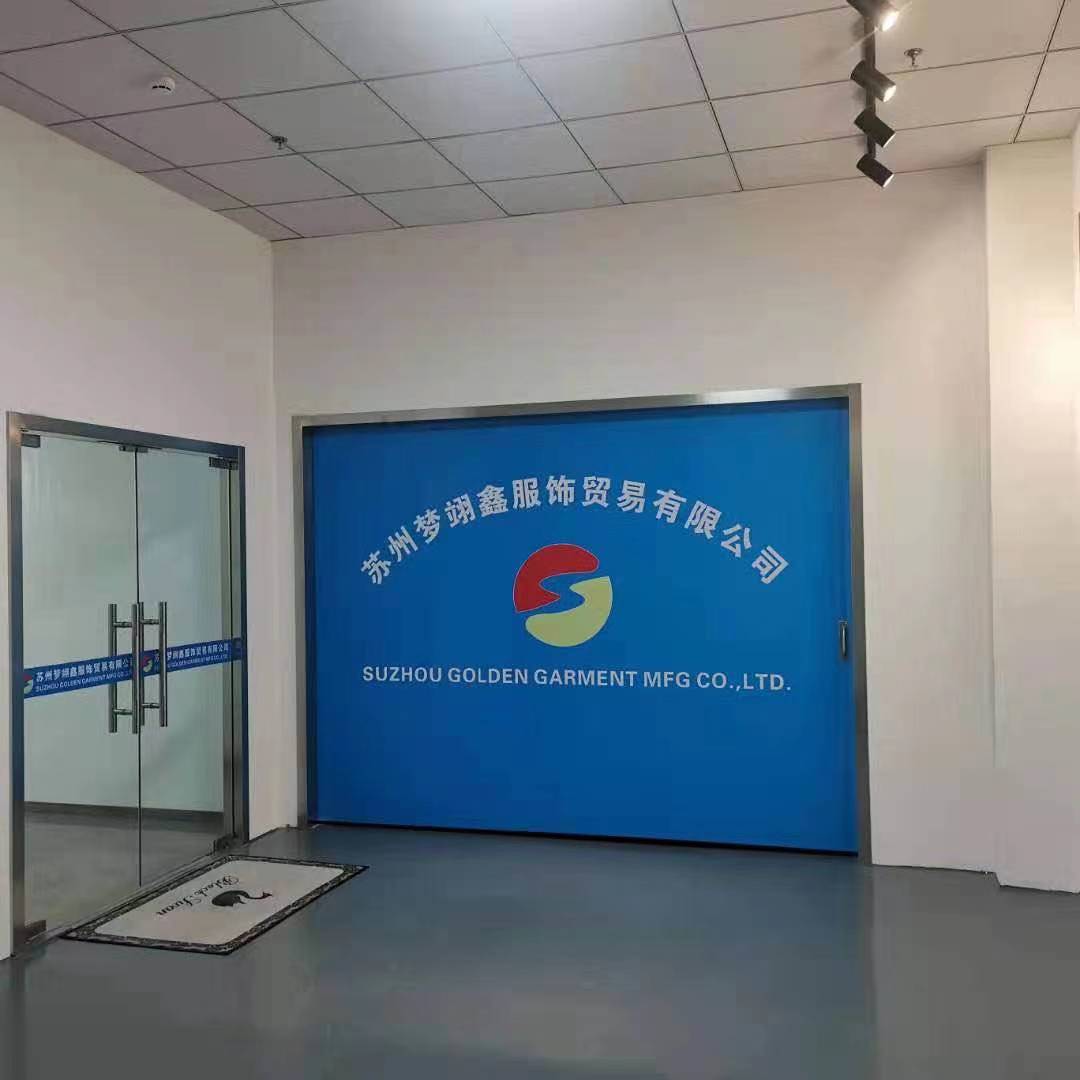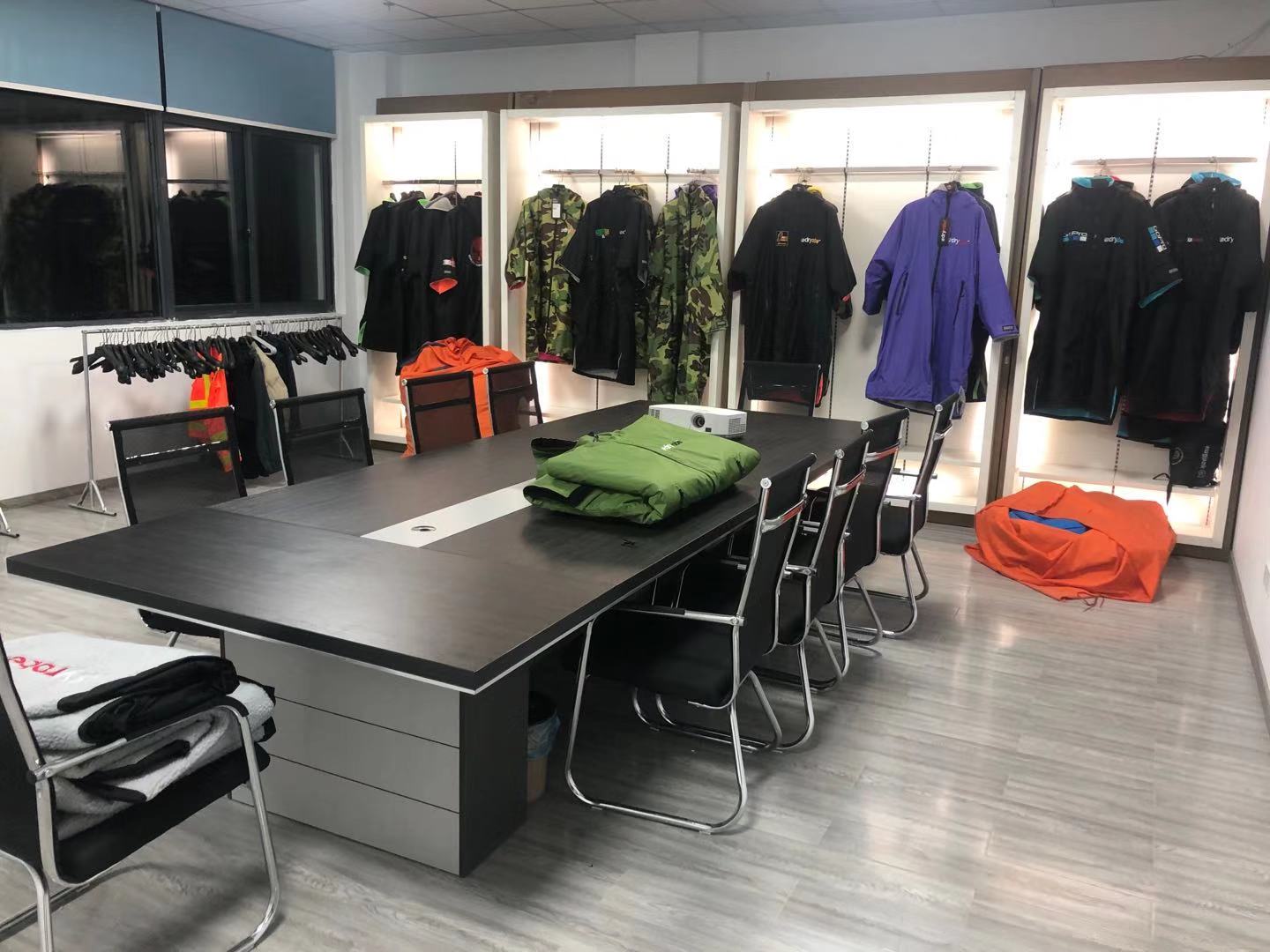Synthetic Techniques for Edible Fungus Cultivation by Substituting Grains with Grass
I. Overview
The cultivation of edible mushrooms and fungi around the world has traditionally relied on materials such as forest wood, wheat bran, and rice husks. However, the long growth cycle associated with forest-based substrates has limited the large-scale development of the mushroom industry. In this invention, wild and cultivated grasses—abundant in resources—are used as an alternative to traditional materials for growing both edible and medicinal fungi. Additionally, the byproducts from these fungi are repurposed into high-protein animal feed. This approach breaks the conventional boundaries between woody and grassy fungi and integrates disciplines like agriculture, mycology, and livestock farming. It represents a significant innovation in mushroom cultivation, introducing new materials that promote sustainable growth while protecting the environment. This technology offers substantial economic, social, and ecological benefits, making it a highly practical and widely applicable solution. To date, 27 types of grasses have been successfully used to cultivate 38 species of edible and medicinal fungi, providing an efficient and eco-friendly way to produce nutritious food and high-quality protein feed for livestock. This is a pioneering technology with broad applications, strong practicality, and great potential for global impact.
II. Main Content
(a) Concept
1. Fungi: These are organisms suitable for cultivating edible mushrooms. Plants like weeds, pastures, and seaweed, which are rich in nutrients, are collectively referred to as grasses.
2. Germplasm Technology: This refers to the comprehensive technique that uses solar energy to grow grass, then utilizes the grass for cultivating edible fungi, medicinal fungi, and producing bacterial protein feed. This process is known as "grass technology."
(II) Technical Details
Since 1983, extensive research has been conducted on grass-based cultivation techniques. Today, we have developed methods for screening, planting, managing, harvesting, and processing grasses, as well as cultivating edible mushrooms, medicinal fungi, and bacterial strains. We have also established techniques for producing high-quality protein feed and other related technologies, forming a mature and scalable system. Key components include:
1. Grass Screening: Research has identified 27 types of high-yield, nutrient-rich grasses that can replace forest materials for mushroom cultivation. These grasses offer advantages such as high nutritional content, rapid regrowth, and wide availability. Their protein, nitrogen, phosphorus, potassium, and magnesium levels are significantly higher than those found in wood chips, making them superior substrates for fungal growth.
2. Cultivation of 38 Species: For the first time, 38 species of edible and medicinal fungi have been successfully grown using these grasses.
3. DN2 Mycelium: A high-protein mycelium strain has been developed to replace traditional materials like wheat bran and rice husks for cultivating shiitake and other mushrooms, offering a new source of nitrogen for fungal growth.
4. Cultivation Techniques: Advanced methods have been developed for growing mushrooms like shiitake, oyster mushrooms, and more, tailored to the unique properties of grass-based substrates.
5. Sorghum Substitution: Sorghum has been used as an alternative to wood for cultivating various edible mushrooms, including black fungus and ear fungus.
6. Fermentation Cultivation: Grasses are fermented to grow mushrooms, hair fungus, and other edible fungi.
7. Outdoor Annual Cultivation: Techniques for growing mushrooms year-round outdoors have been developed.
8. Factory-Based Cultivation: Methods for large-scale indoor mushroom production have been refined.
9. Grass Cultivation Techniques: Specific methods for growing mushrooms using grasses have been optimized.
10. Management of Fungal Grass: Practices for cultivating and maintaining fungal grasses have been established.
11. Grass Grinder Technology: Equipment for processing grass into usable substrates has been developed.
12. Waste-to-Feed: Byproducts from mushroom cultivation are converted into high-protein feed.
13. Fertilizer Application: Used substrates are recycled as organic fertilizer for agricultural use.
III. Wide Application
(I) Application
This technology was recognized as one of the twelve major agricultural projects by the National Science and Technology Commission in 1991. It has proven to be a low-input, high-output, short-cycle, and economically viable project with significant environmental benefits. It is often described as a “short, flat, fast†initiative that supports sustainable development.
(B) Advantages
Compared to traditional wood-based methods, grass-based mushroom cultivation offers over eight key advantages:
1. Environmental Protection: Using grass instead of wood reduces pressure on forests and helps maintain ecological balance.
2. Resource Utilization: Weeds and underutilized grasslands are transformed into valuable resources, turning waste into wealth.
3. Livestock Integration: This method reduces the competition for grain between mushroom farming and animal husbandry.
4. High Conversion Rates: Grass converts solar energy more efficiently than wood, and biological efficiency is significantly higher.
5. Quality Assurance: Mushrooms grown on grass contain higher levels of essential nutrients and meet international safety standards.
6. Shorter Growth Cycle: Some mushrooms mature faster when grown on grass compared to traditional substrates.
7. Rapid Yield: Grass can be harvested multiple times per year, reducing the need for replanting.
8. Sustainable Benefits: This system creates a circular economy, combining economic, social, and environmental gains.
(C) Practicality and Scope
This method is suitable for both small-scale and industrial production. It can be implemented in rural and urban areas worldwide. It works with a variety of grasses, including reeds, shrubs, and legumes, and is compatible with agricultural practices such as corn, sorghum, and wheat cultivation. Its flexibility and effectiveness make it a promising solution for sustainable food and feed production.
China good supplier for Waterproof Change Robe, beach surf robe, swimming Change Robe, Paddle change robe, hi vis safety jacket, Reflective Safety Jacket, rainy coat, safety work wear pants and etc.
| Product Name | Waterproof Surf Poncho long sleeve dry robe warm outdoor sport robes |
| Size | One size or customized |
| Color | Black, Grey, Blue, Red and etc and customized |
| Fabric | Recycled nylon and polyester |
| Sample | Available ( about 5-7 days) |
| Logo | Customized logo accepted |


Sports Change Robe,High Quality Sports Change Robe,Waterproof Dry Change Robe,Surfing Robe
Suzhou Golden Gamrnet MFG Co.,Ltd , https://www.svchangerobe.com